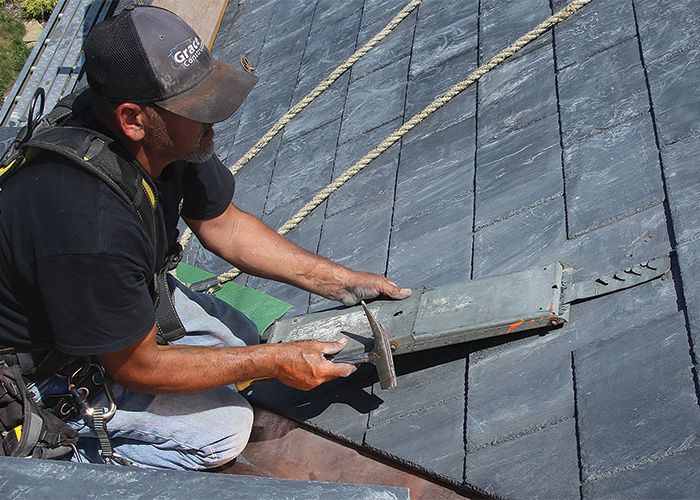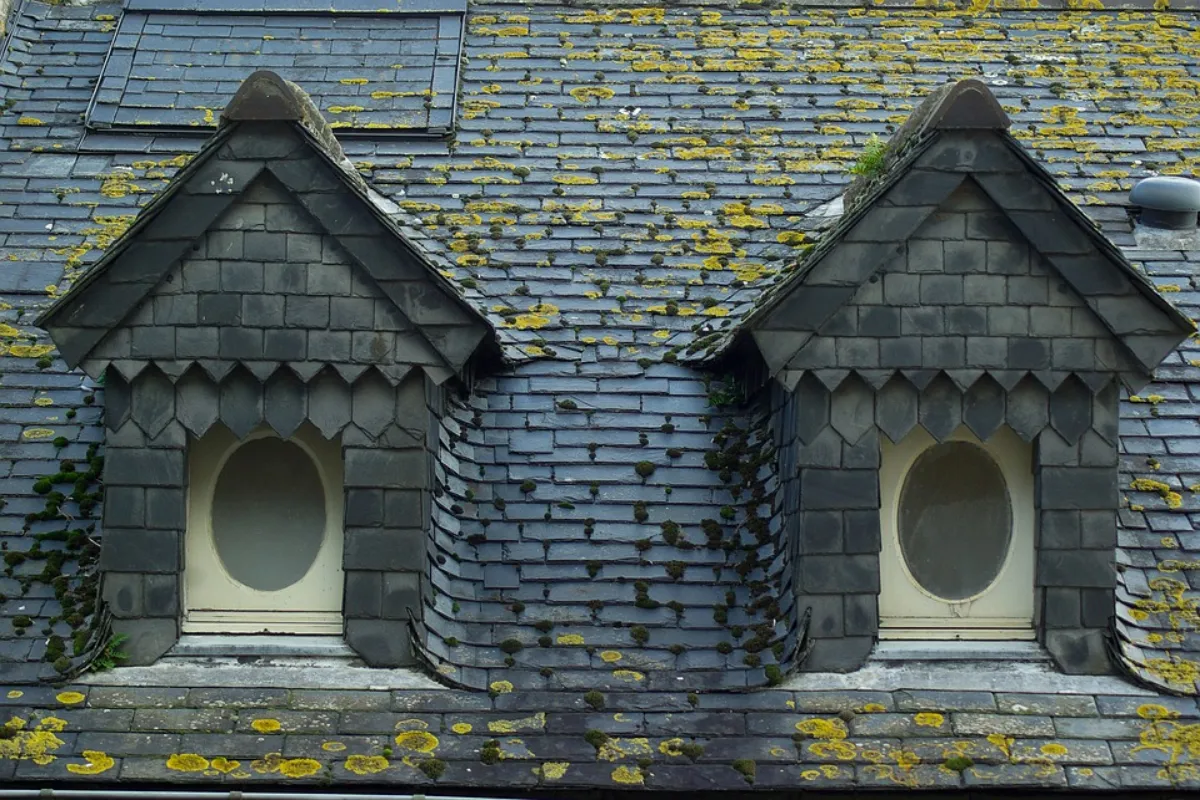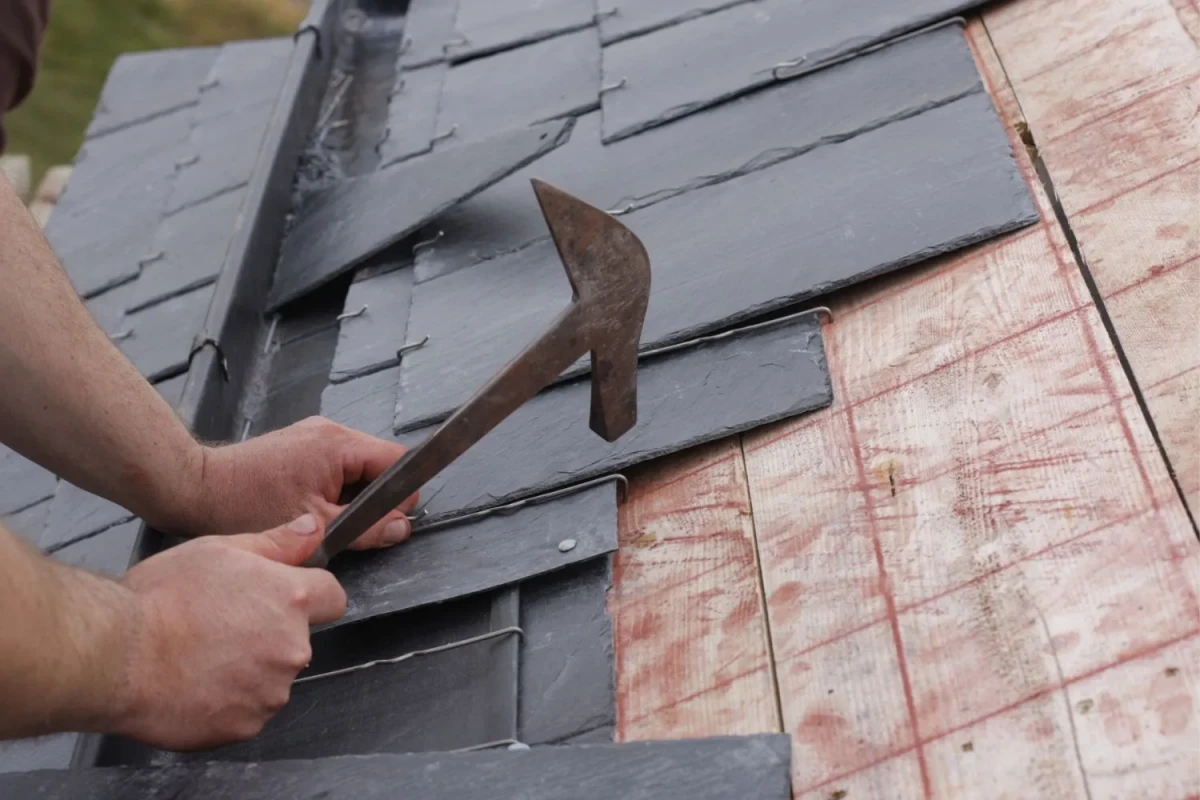Working on a Slate Roof: A Comprehensive Guide
Slate roofs have adorned homes and buildings for centuries, and for good reason. They offer timeless beauty and exceptional durability. However, when it comes to maintenance, repairs, or working on a slate roof, there are specific techniques and precautions you need to be aware of.
1. Safety First
Before you even step foot on a slate roof, safety must be your top priority. Here are some key safety measures:
Inspect Your Tools: Ensure your ladder, safety harness, and any other equipment are in good condition.
Appropriate Attire: Wear slip-resistant shoes and consider a safety helmet.
Weather Conditions: Avoid working on a slate roof during wet, icy, or extremely windy weather.
Stay Hydrated: Working on a roof can be physically demanding, so stay hydrated.
2. Roof Inspection
Before you start any work, conduct a thorough inspection of the slate roof. Look for damaged, loose, or missing slates. Check for any signs of leaks or other issues.
3. Tools and Materials
Here are some of the essential tools and materials you might need:
Slate Ripper: This tool helps you remove damaged slates.
Replacement Slates: Always have some replacement slates on hand.
Ladder: Make sure it’s tall enough to safely access the roof.
Safety Harness: Attach it securely to prevent falls.
4. Replacing Slates
If you find any damaged slates during your inspection, you’ll need to replace them. Here’s how:
Use the Slate Ripper: Carefully slide it under the damaged slate, lifting the nails, and gently remove the damaged piece.
Insert a New Slate: Slide the new slate into place, securing it with copper or stainless steel nails.
5. Nailing Slates
Nailing slates is a crucial step. The right technique ensures the longevity of your slate roof:
Use the Correct Nails: Opt for copper or stainless steel nails as they don’t corrode.
Proper Nailing Technique: Place nails near the top edge of each slate, about an inch from the sides. Ensure they’re secured but not overdriven to prevent damage.
6. Flashing and Valleys
Flashing is essential to protect vulnerable areas like chimneys, vents, and valleys:
Examine Existing Flashing: Check the condition of your flashing and replace any damaged sections.
Proper Installation: If you need to install new flashing, it’s advisable to hire a professional, as it requires specialized skills.
7. Regular Maintenance
To ensure your slate roof’s longevity:
Periodic Inspections: Schedule routine roof inspections to detect and address potential issues early.
Gutter Cleaning: Clear debris from gutters to prevent water backup.
Moss and Algae: Remove moss and algae promptly, as they can damage slate over time.
Attic Ventilation: Ensure proper attic ventilation to prevent moisture buildup.
Working on a slate roof is a task that demands attention to detail and safety awareness. If you’re not comfortable with heights or lack the necessary skills, it’s advisable to hire a professional roofer. But if you choose to do the work yourself, following the proper steps and safety precautions will help you maintain the beauty and integrity of your slate roof for years to come.
2023-11-08





